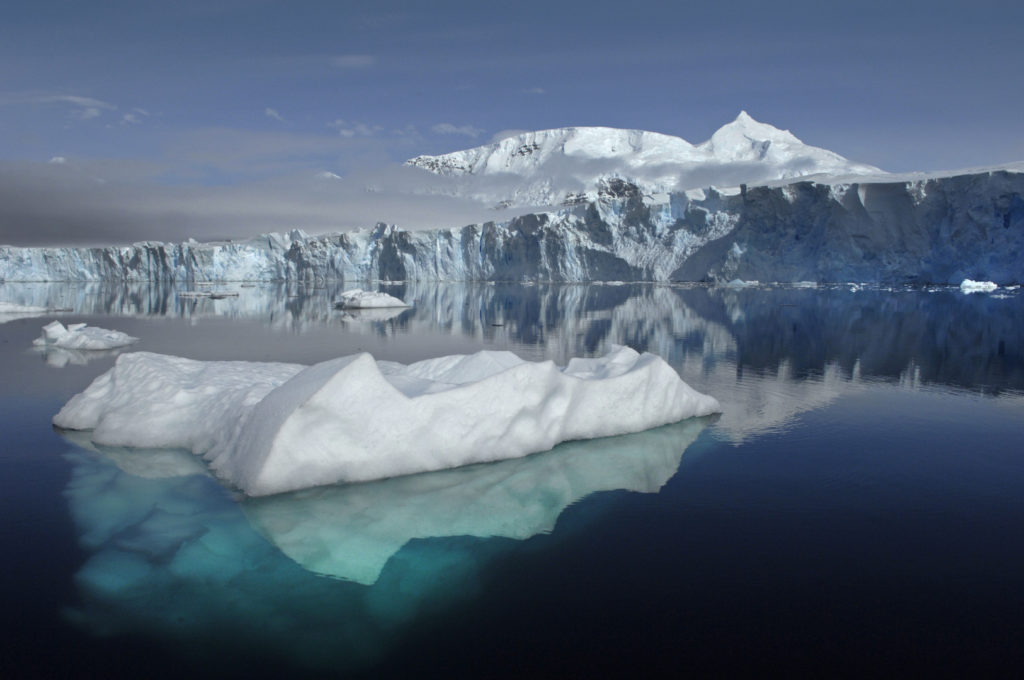CLIMATE CHANGE | Melting water causing Antarctic ice to buckle: scientists
A team of scientists have for the first time directly observed an Antarctic ice shelf bending under the weight of ponding meltwater on top.

Photo: Glacier in Antarctica by NASA
CHICAGO, ILLINOIS — A team of scientists from the University of Chicago (UChicago) and the Cooperative Institute for Research in Environmental Sciences have for the first time directly observed an Antarctic ice shelf bending under the weight of ponding meltwater on top, a phenomenon that may have triggered the historic 2002 collapse of the Larsen B ice shelf.
The researchers examined data and noticed that in the months leading up to the breakup, the ice shelf was dotted with more than 2,000 meltwater lakes, according to a news release posted on the website of UChicago Wednesday.
During the melting season, lakes may form on the surface of ice shelves, pooling the weight of melting snow and ice into many areas of liquid water. These lakes can weigh 50,000 to 2 million tons each, and that pushes downward on the ice, creating an indent. If the lake drains, this indent pops back up. If the resultant stress is large enough, the ice surrounding the lake basin weakens, and may start to break, the researchers predicted.
To measure how much these meltwater lakes were distorting the floating Antarctic ice, the researchers first scouted where they thought the lakes would develop. They identified four lake basins to outfit with GPS sensors.
In November 2016, before the melt season began, the researchers accessed their field site on the McMurdo Ice Shelf. At each of the four lakes, they installed self-contained instruments that measured vertical elevation and lake water depths, each fixed on a metal pole drilled over 6 feet deep into the ice. Three months later, they flew back to retrieve the instruments.
The researchers found that at the center of each lake, the ice shelf moved down and then up by around 3 to 4 feet in response to each lake filling and then draining.
Climate models predict that there will be more melting across more ice shelves over the next few decades, leading to an increase in the occurrence of meltwater lakes.
“These observations are important because they help us better understand the triggers of ice shelf breakup, which leads to sea level rise,” said Alison Banwell, a postdoctoral visiting fellow at CIRES and lead author of the study. “Our results can be used to improve models to better predict which ice shelves are more vulnerable and are most susceptible to collapse.”
The study was published Wednesday in Nature Communications.


